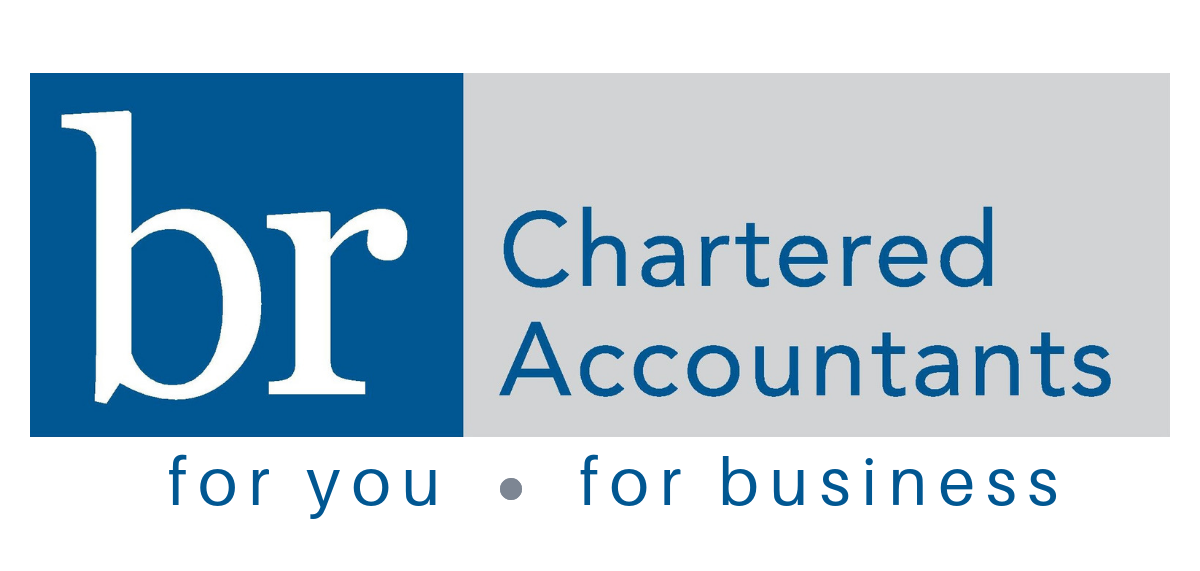We often get asked, is there a calculator for valuing a business or perhaps a valuation formula? Well, the bottom line is that it’s only worth what someone is willing to pay for it and so valuing your business using a few different methods might be a good starting point.
Well broadly speaking you can value a business in a few ways:
- Assets
- Cashflow
- Comparative Value
- Entry Cost
- Earnings Multiples
If you use an asset-based approach then you calculate the total value of all assets listed in the accounts including building, products, machinery, materials, plus goodwill or intangible assets such as brand or patents; then you subtract the total liabilities to leave an asset-based valuation of your company. This is probably best used for stable, asset-rich businesses. Those based predominantly on brand popularity could be much more difficult to come to a value for.
Using the Discounted Cashflow (DCF) method is often considered the preferred method but can be complicated to put together. It essentially estimates your current value based on your future cash flows with discounts to allow for the current market. Therefore it does require a fair amount of assumption and prediction, which makes it a more technical method.
Comparative value, as a standalone this may not be enough to value your business. Buyers will want to see more to establish the value of your business. Essentially this is about finding other similar companies that have been sold to establish a precedent of value.
Entry cost valuation is the method of calculating the cost of starting the business from scratch including buying any assets, recruitment, the growth of a customer base, product development etc. You could also discount based on any cost savings you could make in the set up of the business to arrive at a valuation.
Earnings Multiples – This uses a price-earnings (P/E) ratio, which is the value of a business divided by its profits after tax. The profits are then multiplied by this ratio to achieve a valuation. Some industries may have a standard P/E ratio, whereas in others you would need to calculate the ratio. For example, if a company has a share price of £20 and earnings per share (after tax) of £4 then the ratio is 5.
So how do I value my business?
You can start the ball rolling by researching similar businesses. You could also take advice from the Intellectual Property Office to understand how to maximise and protect the intangible assets of your business such as trademarks. But our advice is to seek expert help from an accountant about valuing your business.
If you’d like to speak to someone for a no-obligation consultation, then get in touch.

